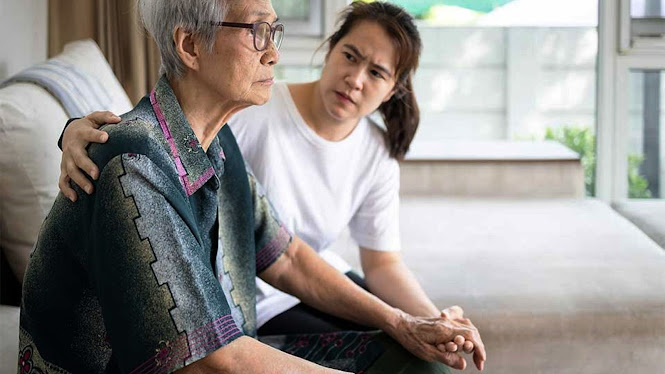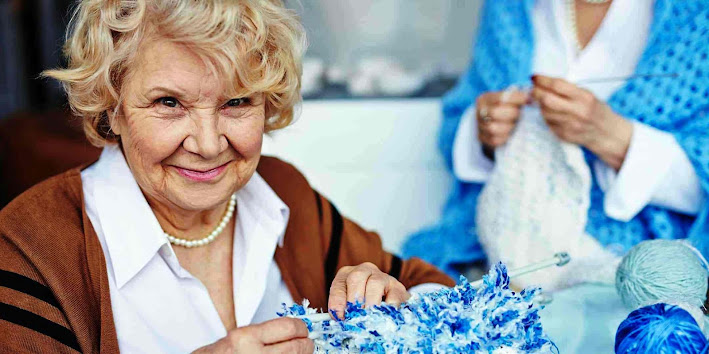Explaining Parkinson's Disease And How To Care For Someone With PD
Parkinson's Disease
Parkinson's disease (PD) is a five-stage degenerative disorder. PD diminishes motor skills by impairing neurons' ability to release dopamine. Non-neurological symptoms include depression, sleep disorders, and hallucinations. Parkinson's disease is more likely to happen as you age, and most people get it when they are 60. It's more common in men or those designated males at birth (DMAB) than women (DFAB). There is no cure for PD, and its cause remains unknown. Edmonton Home Care has some useful info for you;
Parkinson's Treatment
Parkinson's treatments include medications that increase dopamine levels. Surgery is an option when drugs are ineffective for moderating PD-related tremors and motor skill impairment.
Parkinson's Stages
Stage 1
During stage one, Parkinson's disease symptoms are less pronounced. However, tremors and changes in motor skills affect one side of the body, and PD causes changes in facial expressions, walking, and posture.
Stage 2
A person with PD will experience stiffness in the arms and legs. Diminished motor skills will affect both sides of the body. Even though daily tasks require more effort, independent living is still possible.
Stage 3
Physical movement is more complicated. A person with PD can still live independently but is at an increased risk of falling.
Stage 4
PD has become debilitating now, and walking requires a mobility aid. In addition, the symptoms have progressed to the point the person with Parkinson's needs a live-in caregiver.
Stage 5
At this point, a person with Parkinson's disease is wheelchair-bound or bedridden and experiences hallucinations. In addition, symptoms like constipation and diminished cognition unrelated to motor skills worsen.
Parkinson's Care
Parkinson's disease can cause someone to shuffle when walking, creating a trip and fall risk. A Parkinson's safe home has flat rather than thick carpeting or bare floors that are slip-resistant. Throw rugs pose a tripping hazard, but the area and accent rugs are alright when tacked down.
Bedroom Safety
The bedroom furnishings should be stationary, so they can't slide from under a person with PD. Castors on furniture should be locked or removed.
Bathing
A shower stall or walk-in tub is preferable for bathing someone with Parkinson's. When using a shower/tub combination, install handrails and a transfer bench, and place a non-slip mat or decals on the tub floor. Always take a phone into the bathroom in case of an emergency.
Personal Grooming
To reduce the risk of falling, a person with PD should shave, comb/brush their hair, and brush their teeth while sitting. The larger handles on electric razors and toothbrushes make them easier for someone with Parkinson's to manage.
Dressing
Parkinson's disease makes dressing difficult and even painful. Loose-fitting clothes with velcro or magnetic fasteners instead of buttons and zippers make getting dressed easier for someone with PD. Also, allow plenty of time for dressing.
Eating
PD poses a high choking risk. Keep someone with Parkinson's focused on chewing and swallowing by eliminating distractions like the radio. Cut food into tiny morsels. Encourage the person with Parkinson's to chew thoroughly and not to put more than half a teaspoon of food in their mouth at once.
Getting Support Care
When a senior loved one is diagnosed with Parkinson's, their requirements may vary, as they cannot live independently. In-home care may be ideal for your loved one to age in a familiar and comfortable environment for as long as possible as their demands and your needs for time and energy rise.
Home Care Edmonton has well-trained experts who can assist your elderly on their journey while also relieving your stress of Care-Giving tasks.




Comments
Post a Comment